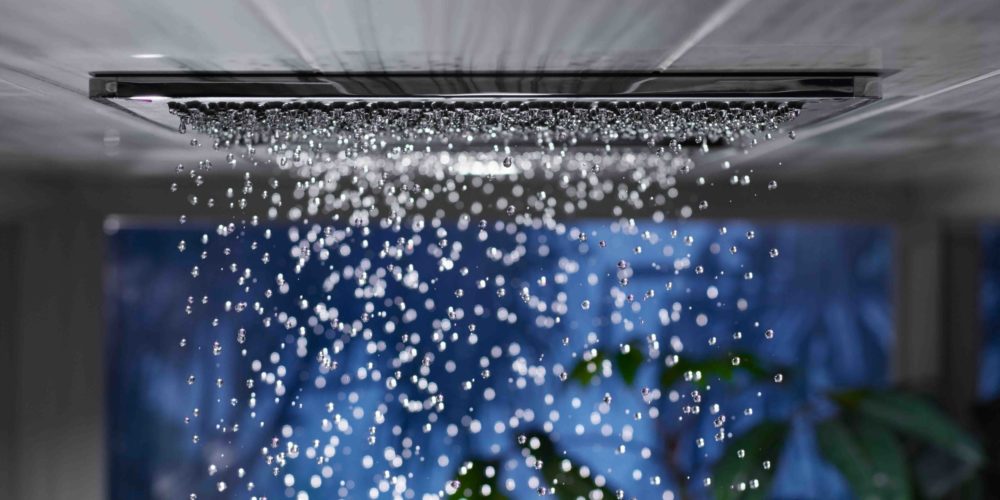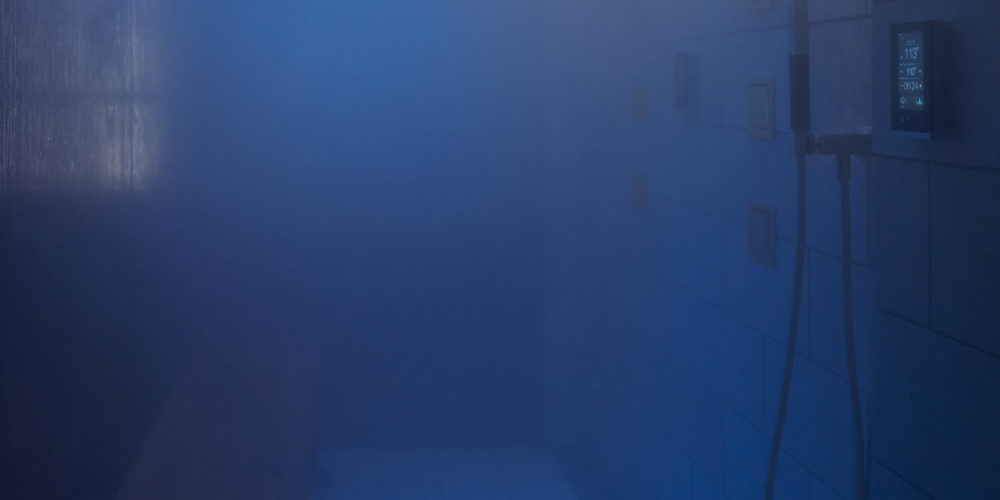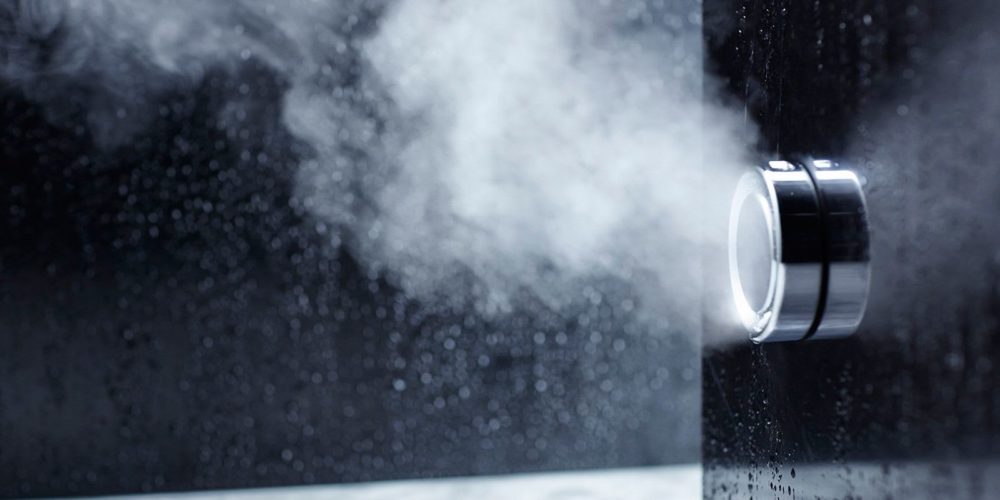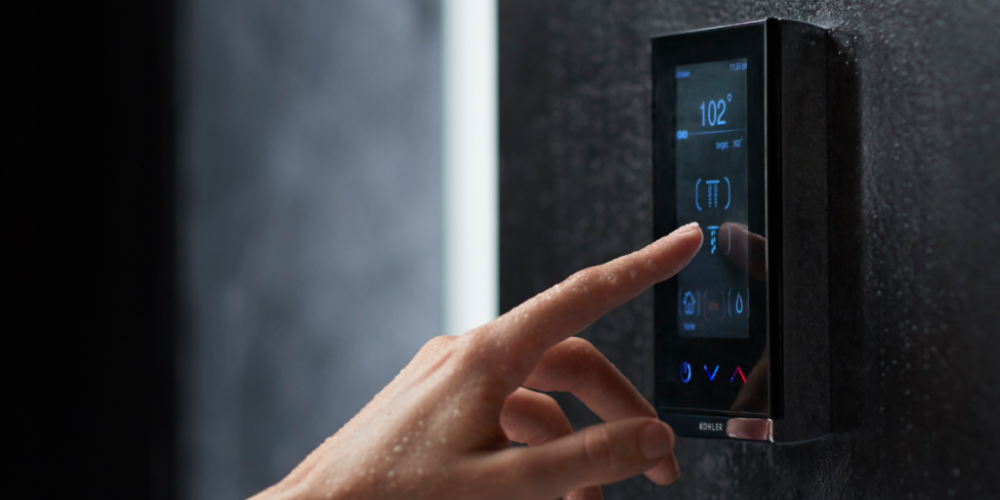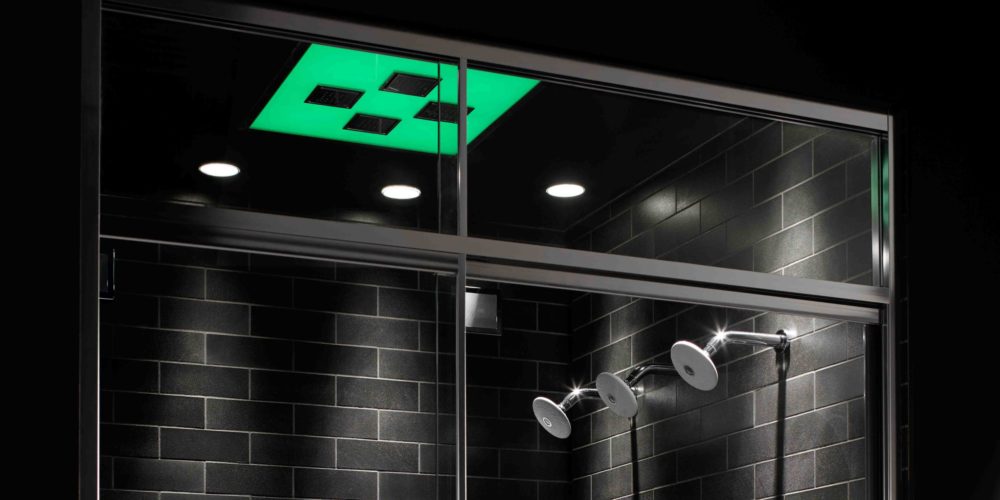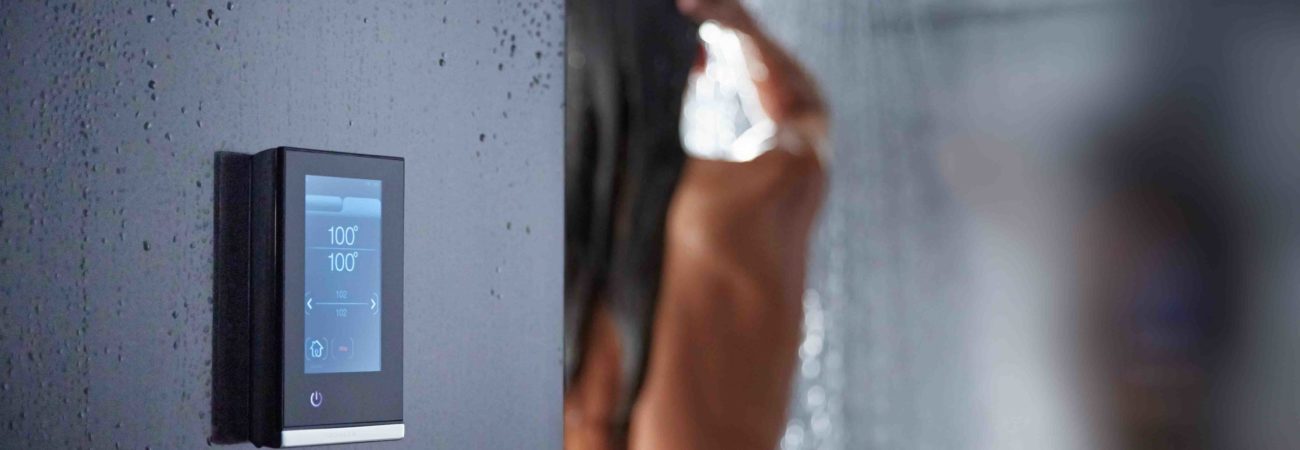
Hydrotherapy
Hydrotherapy involves the use of water for pain relief and treatment. It has long been an integral part of alternative medicine (particularly naturopathy), occupational therapy, and physiotherapy. Sometimes called hydrotherapy or water cure, hydrotherapy encompasses a broad range of approaches and therapeutic methods that take advantage of the physical properties of water, such as temperature and pressure, to stimulate blood circulation and treat the symptoms of certain diseases.
Steam Therapy
A steam shower is a type of bathing where a humidifying steam generator produces water vapor that is dispersed around the bather’s body. A steam shower is essentially a steam room that offers the typical features of a bathroom shower. Steam showers are generally found in self-contained enclosures that prevent the water vapor from escaping into the rest of the room, where it could damage drywall, paint or wallpaper. Steam showers combine the functionality of a standard steam room with many additional features, including a shower, FM radio and hydrotherapy. Steam showers are available in a variety of materials, including tile, acrylic, fiberglass, glass, stone and wood.
Aromatherapy
Aromatherapy is a controversial practice that claims to improve psychological or physical well-being by using aromatic essential oils and other aroma compounds. It is sometimes offered as a complementary therapy alongside standard treatments, or as a form of alternative medicine in lieu of conventional, evidence-based treatments.
Music Therapy
Music therapy is an evidence-based clinical practice that uses musical interventions to improve clients’ quality of life. Music therapists employ music and its many facets – physical, emotional, mental, social, aesthetic, and spiritual – to help clients improve their health in cognitive, motor, emotional, communicative, social, sensory and educational domains by using both active and receptive music experiences.
Chromotherapy
Chromotherapy – sometimes – called color therapy, colorology or cromatherapy, is a controversial alternative medicine method. Chromotherapists claim to use light in the form of color to balance “energy” lacking in a person’s body, whether it be on physical, emotional, spiritual or mental levels.

Hydrotherapy
Treatment Benefits:
- Management of acute/chronic pain
- Relieve arthritis pain
- Improve muscle flexibility
- Improve range of motion
Music Therapy
Treatment Benefits:
- Easing anxiety and discomfort
- Restoring lost speech
- Reducing side effects of therapy
- Helps relieve pain
Chromotherapy
Treatment Benefits:
- Pain Relief
- Accelerated Healing
- Increased Range of Motion
- Improved Circulation
Aromatherapy/Steam
Treatment Benefits:
- Manage Pain
- Improves Sleep Quality
- Soothes Sore Joints
- Treats Headaches and Migraines
Hydrotherapy
Health Conditions:
- Arthritis Pain
- Fibromyalgia
- Nerve Pain/Neuralgia
- Chronic Back Pain
- Complex Regional Pain Syndrome
- Headaches
- Cerebral Palsy
- Dementia
- Huntington’s Disease
- Hydrocephalus
- Multiple Sclerosis
Music Therapy
Health Conditions:
- Stress Relief
- Mental Issues
- Emotional Issues
- Depression
- Anxiety
- Alzheimer’s Disease
- Dementia
- High Blood Pressure
- Speech Impediments
- Cancer
- Heart Problems
Chromotherapy
Health Conditions:
- Energy disorders
- Physical apathy
- Anemia
- Bronchitis
- Epilepsy
- Mental/Muscular Disorders
- Depression
- Abdominal Inflammation
- Overloaded Liver
- Chronic Indigestion
- Insomnia
Aromatherapy/Steam
Health Conditions:
- Asthma
- Insomnia
- Fatigue
- Despression
- Inflammation
- Peripheral Neuropathy
- Menstrual Issues
- Alopecia
- Cancer
- Erectile Dysfuntion
- Arthritis

